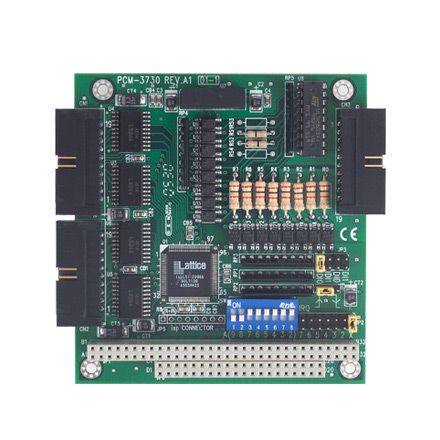

The Use of Frosted Glass A Blend of Aesthetics and Functionality
Frosted glass has become an increasingly popular choice in modern architecture and interior design, serving as a versatile material that offers both aesthetic appeal and practical benefits. Unlike clear glass, which can be stark and revealing, frosted glass provides a dreamy, soft texture that can transform spaces while still allowing light to filter in. This article explores the various applications of frosted glass, its advantages, and the reasons for its growing popularity in contemporary design.
Aesthetic Appeal
One of the most compelling reasons for the use of frosted glass is its unique aesthetic quality. The subtle diffusion of light creates a warm, inviting atmosphere that can soften the edges of hard lines typically found in modern architecture. Frosted glass can be employed in windows, doors, and partitions, adding a layer of sophistication to environments while also enhancing privacy.
Designers frequently use frosted glass to create visual interest in spaces. For instance, it can be etched with custom patterns or images, allowing for artistic expression. This versatility makes frosted glass an excellent choice for commercial spaces such as restaurants and offices, where branding and ambience are essential. By integrating custom designs, businesses can effectively communicate their identity while maintaining a sense of style.
Privacy Enhancement
In both residential and commercial settings, privacy is a crucial consideration. Frosted glass serves as an effective barrier that allows natural light to flow while obscuring visibility. This quality is particularly valuable in spaces like bathrooms and offices, where privacy is often paramount.
Moreover, frosted glass can be used in conference rooms to ensure that conversations remain confidential without compromising on natural light. In homes, it can selectively shield areas such as showers or bedroom closets from prying eyes, providing a sense of security without sacrificing brightness.

Energy Efficiency
Frosted glass also contributes to energy efficiency. Many designs incorporate insulating properties that help control indoor temperatures. By minimizing the amount of direct sunlight that enters a space, frosted glass can help reduce glare and heat buildup, making interiors more comfortable. This feature is especially beneficial in warmer climates where excessive sunlight can lead to higher cooling costs.
Furthermore, manufacturers are increasingly producing frosted glass with low-emissivity (low-E) coatings that reflect heat while allowing natural light in. This technology adds another layer of energy efficiency, contributing to sustainability efforts in both residential and commercial buildings.
Versatile Applications
The versatility of frosted glass extends beyond traditional applications. Its use in furniture design, such as table tops and cabinetry, adds an innovative touch to interiors. Additionally, frosted glass can frequently be found in lighting fixtures, where its ability to diffuse light can create captivating effects.
In retail spaces, frosted glass can serve a dual purpose. It can be used as display cases that offer a glimpse of the merchandise while protecting the products and creating an intimate shopping experience. This blend of product visibility and privacy can enhance consumer engagement and drive sales.
Conclusion
The growing preference for frosted glass in architecture and design underscores a broader trend toward blending aesthetics with functionality. As designers strive to create spaces that are not only beautiful but also practical, frosted glass emerges as an ideal solution. Its ability to enhance privacy, allow natural light, and contribute to energy efficiency makes it a worthwhile investment in both residential and commercial settings. As technology continues to evolve, the possibilities for frosted glass are boundless, ensuring that it will play a significant role in the future of design.